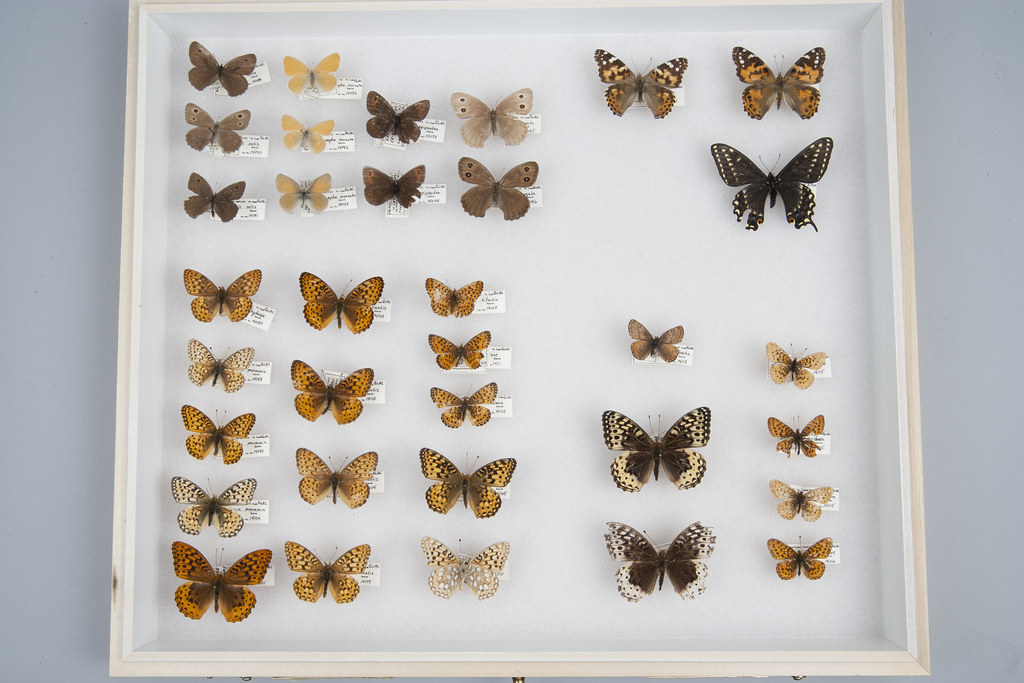In an era dominated by digital entertainment and instant gratification, there remains a niche yet profound fascination with nature’s oddities—shells washed ashore, peculiar stones, preserved insects, and even remnants of ancient fossils. Collecting natural curiosities is more than a hobby; it’s a doorway into the natural world’s mysteries, a tradition steeped in history, science, and artistry.
A Tradition Rooted in Exploration
From the Renaissance’s “Cabinets of Curiosities” to modern museums showcasing rare biological specimens, humans have long sought to assemble and admire nature’s wonders. Nobility and scholars once displayed their private collections of corals, taxidermy, and minerals, highlighting their wealth and intellectual pursuits. Today, that same spirit of discovery lives on in the pockets of beachcombers, amateur botanists’ notebooks, and geologists’ drawers.
Finding & Preserving Nature’s Marvels
For those eager to start their own collection, the process begins with keen observation. Whether wandering through forests, strolling along riverbanks, or hiking up mountains, one learns to recognize anomalies—an unusually shaped mushroom, a brilliantly colored insect wing, or the delicate skeletal structure of a bird.
Preservation is just as crucial as discovery. Organic materials require careful treatment: dried flowers and leaves need pressing, insects demand proper pinning techniques, and rocks may benefit from gentle cleaning. Storage solutions such as shadow boxes, specimen drawers, and airtight jars can protect collections from decay while displaying them beautifully.
Ethics and Conservation
In an age of growing environmental awareness, ethical collecting has become paramount. Collectors must follow local laws, avoid disturbing fragile ecosystems, and ensure they are not removing endangered species. Many prefer non-intrusive methods like photography, sketching, or acquiring responsibly sourced specimens from reputable vendors.
The Value of a Personal Collection
Beyond its aesthetic appeal, assembling natural curiosities fosters a deeper connection with the environment. Each item tells a story—the geological history behind a fossil, the migratory path of a bird whose feather was found, or the science behind a glowing bioluminescent shell.
For scientists, artists, and enthusiasts alike, collecting is a bridge between curiosity and knowledge. It transforms the ordinary into the extraordinary, revealing secrets hidden in nature’s most unexpected forms.
Whether preserving pressed flowers from a childhood garden or meticulously cataloging rare gemstones, collecting is a testament to the wonders beyond our doorsteps, waiting to be discovered.
Absolutely! Here’s a practical guide on how to collect and preserve various natural specimens:
How to Collect and Preserve Natural Curiosities
Collecting nature’s wonders is an art whether it’s shimmering minerals, delicate insect specimens, or ancient fossils. Here’s a hands-on guide to help you ethically and effectively gather specimens while ensuring their longevity.
1. Minerals & Rocks
Finding Specimens:
- Search riverbeds, cliffs, and quarries—areas rich in geological diversity.
- Look for unusual colors, crystal formations, or striations that indicate rare minerals.
- Bring a rock hammer to chip away small samples if allowed.
Preservation & Display:
- Rinse specimens with water and scrub gently with a toothbrush to remove debris.
- Use a diluted vinegar solution for limestone or calcite buildup.
- Label each piece with its origin and type.
- Store in shadow boxes or display on padded shelves.
2. Insects
Ethical Collection:
- Use a butterfly net to catch flying insects gently.
- Place a specimen in a breathable container with a leaf from its habitat for temporary holding.
- NEVER take insects from conservation areas or capture endangered species.
Preservation:
- Use the freezing method: place the insect in a sealed container and freeze overnight.
- Pin insects through the thorax on styrofoam or cork boards.
- Position legs and wings using tweezers before allowing the specimen to dry.

3. Plant Pressings
Harvesting:
- Collect leaves, flowers, and ferns early in the morning when they’re most hydrated.
- Choose healthy, undamaged specimens.
Drying & Storage:
- Press between wax paper and stack beneath heavy books for a few weeks.
- Mount dried specimens in botanical notebooks, glass frames, or laminated sheets.
4. Fossils & Shells
Searching:
- Look along eroded cliffs, dried riverbeds, and coastal areas.
- After storms, beaches reveal washed-up shells and potential fossils.
- Research local laws—some areas prohibit fossil or shell removal.
Cleaning & Preservation:
- Use a soft brush and lukewarm water to clean shells.
- Apply a light mineral oil coating for fossils to enhance details.
- Store in labeled trays to maintain identification.
5. Bones & Antlers
Finding:
- Look in forests and fields where animals shed antlers or where natural remains may be found.
- NEVER collect bones from protected wildlife.
Cleaning:
- Soak bones in hydrogen peroxide for sterilization.
- Dry thoroughly and coat with clear lacquer for durability.

